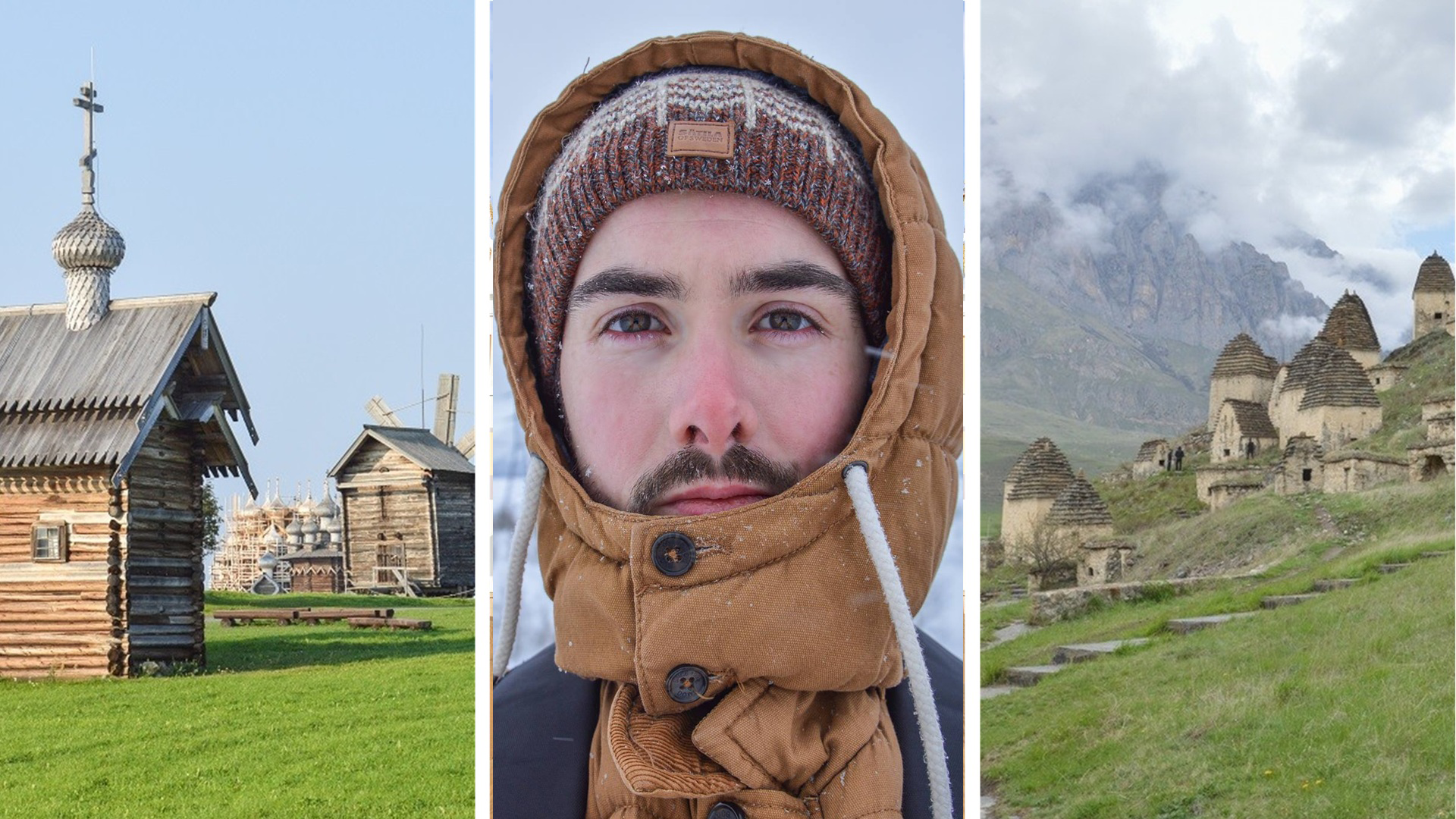
10 STUNNING precious nuggets found in Russia (PICS)
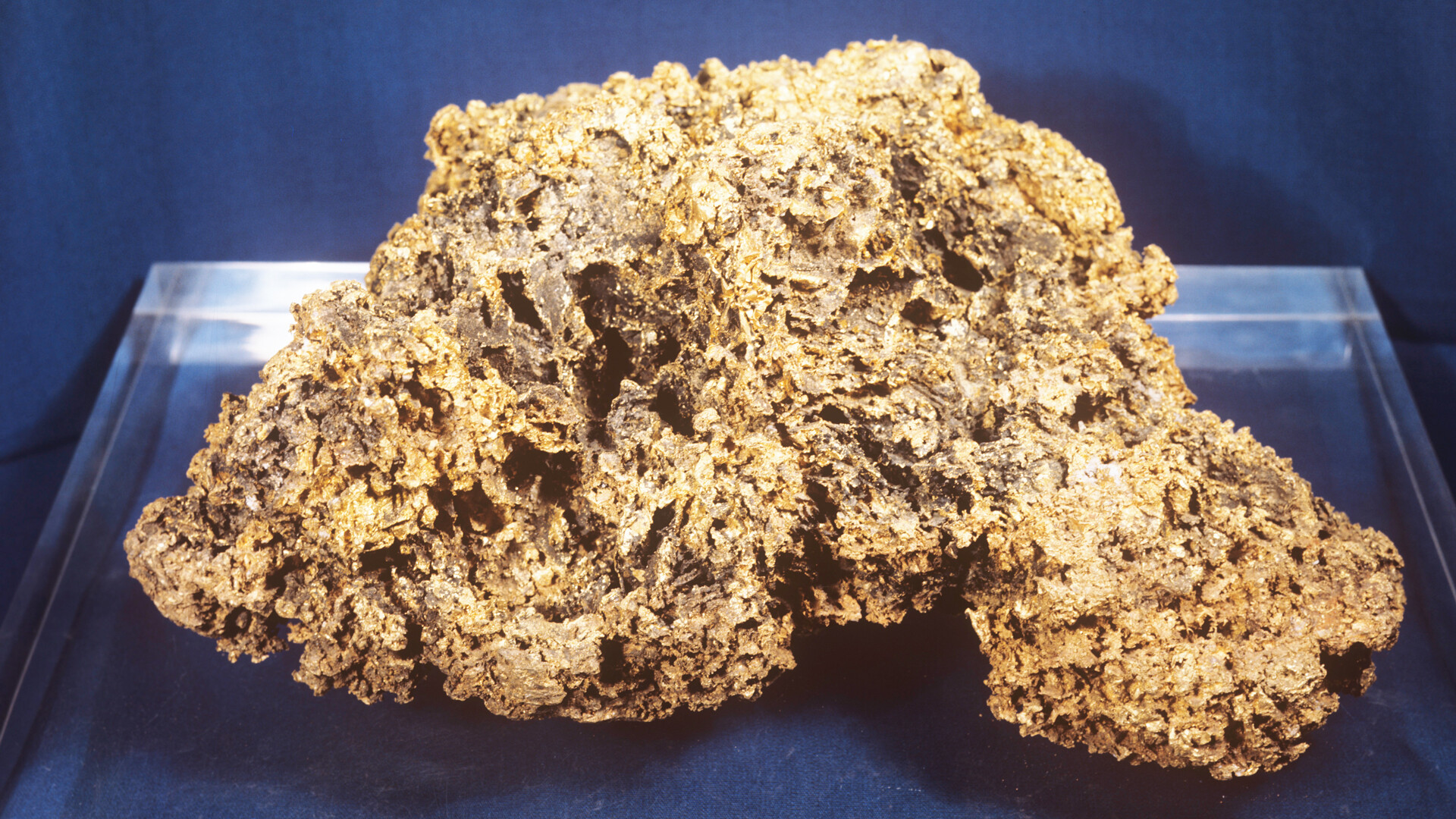
1. ‘Big Triangle’
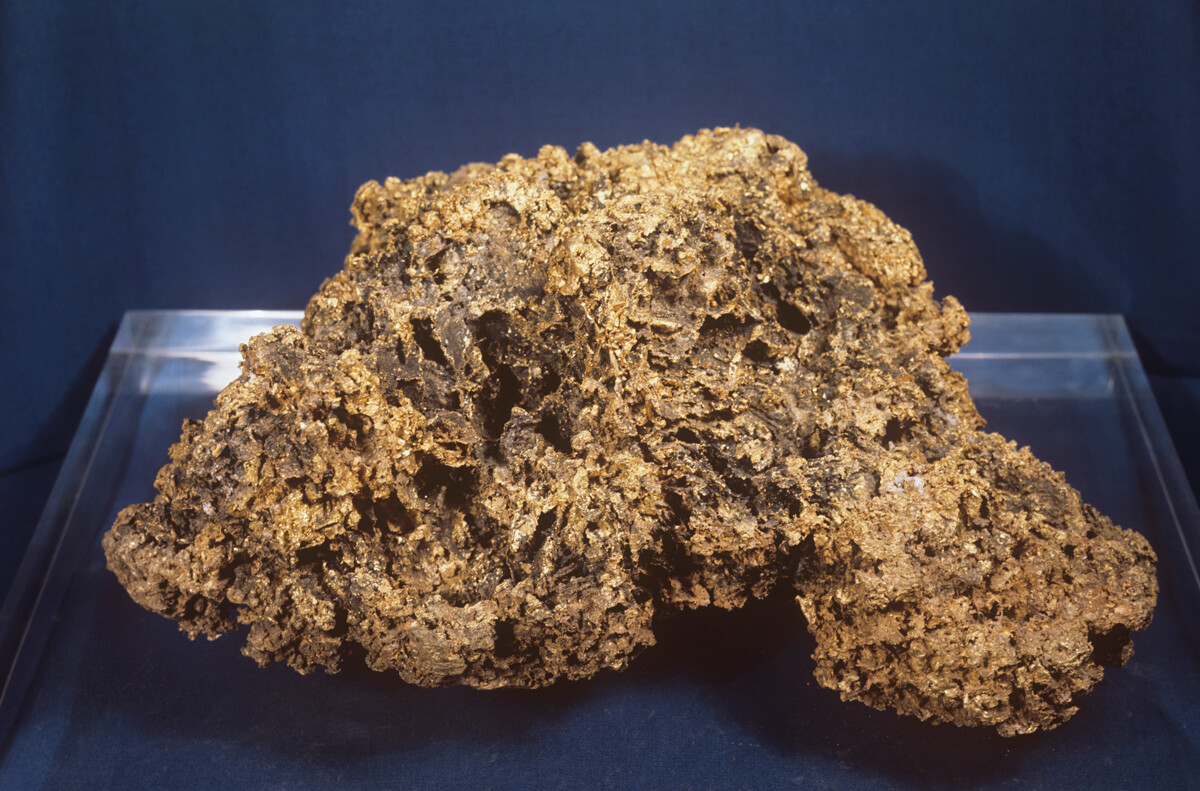
There is never too much gold! The best confirmation of this is the biggest gold nugget ever found in Russia weighing 36,15 kilograms (80 pounds), discovered by worker Nikifor Syutkin in the South Urals in 1842. He barely got it out of the ground. The gold nugget got its name from its triangular shape. The discovery at the Tsarevo-Alexandrovsky mine on the Tashkutarganka River made Syutkin a rich man: he was paid 1,266 rubles in silver, while miners at the time only earned about 15 rubles a year.
2. ‘Giant’s Heart’
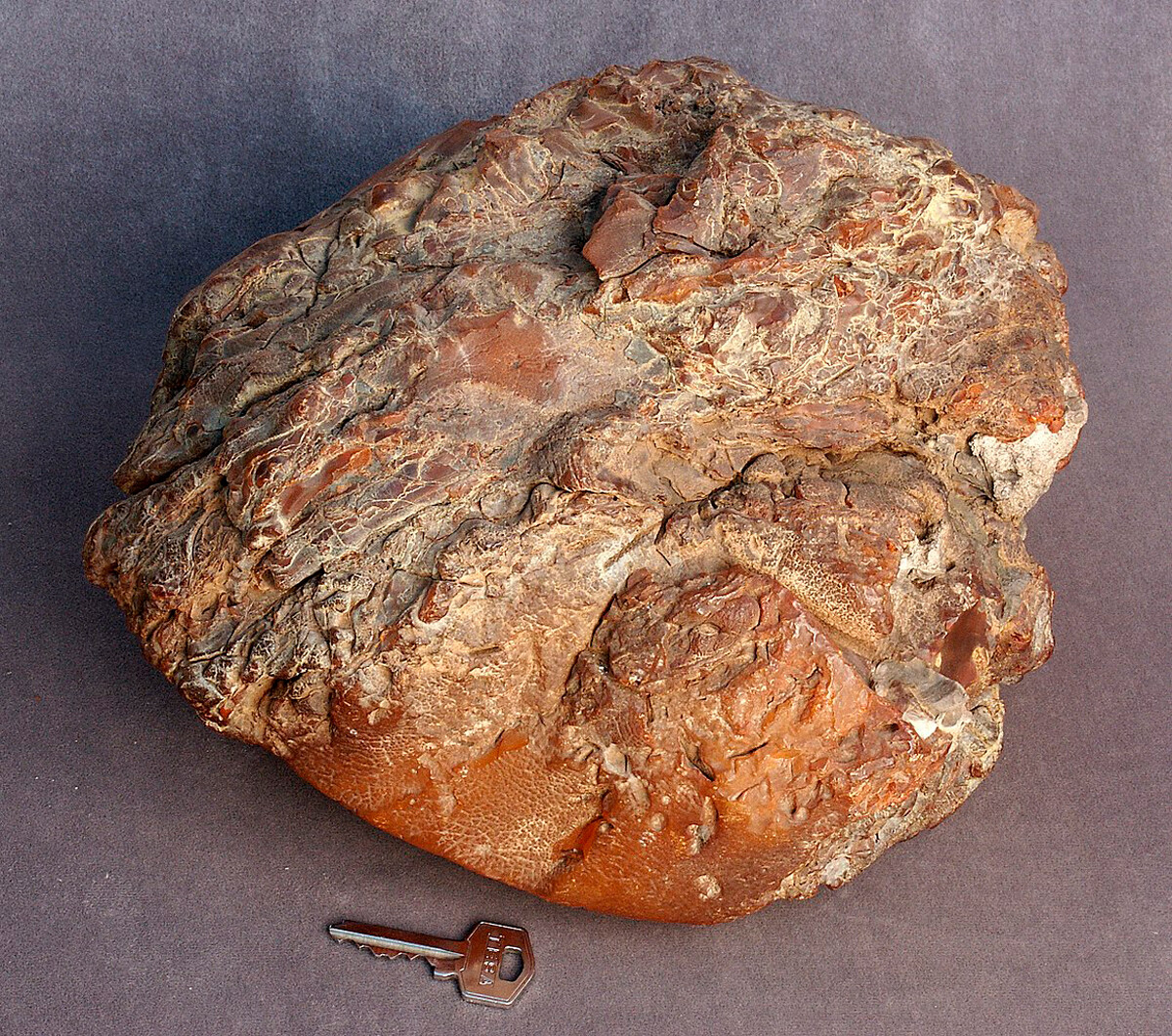
The largest amber nugget ever found in Russia was discovered in the 1960s in the Primorsky quarry in Kaliningrad Region and weighs a staggering 4,28 kg! The nugget even received its own page on the Russian VK social network a couple years ago, documenting the “boring everyday life of the largest chunk of amber in Russia”. After attaining its notable status, people began coming up with nicknames for the amber – and that’s how it became known as ‘giant’s heart’. The Kaliningrad Region Museum’s star find even has a birthday - it is celebrated on July 9.
3. ‘Irendyk Bear’
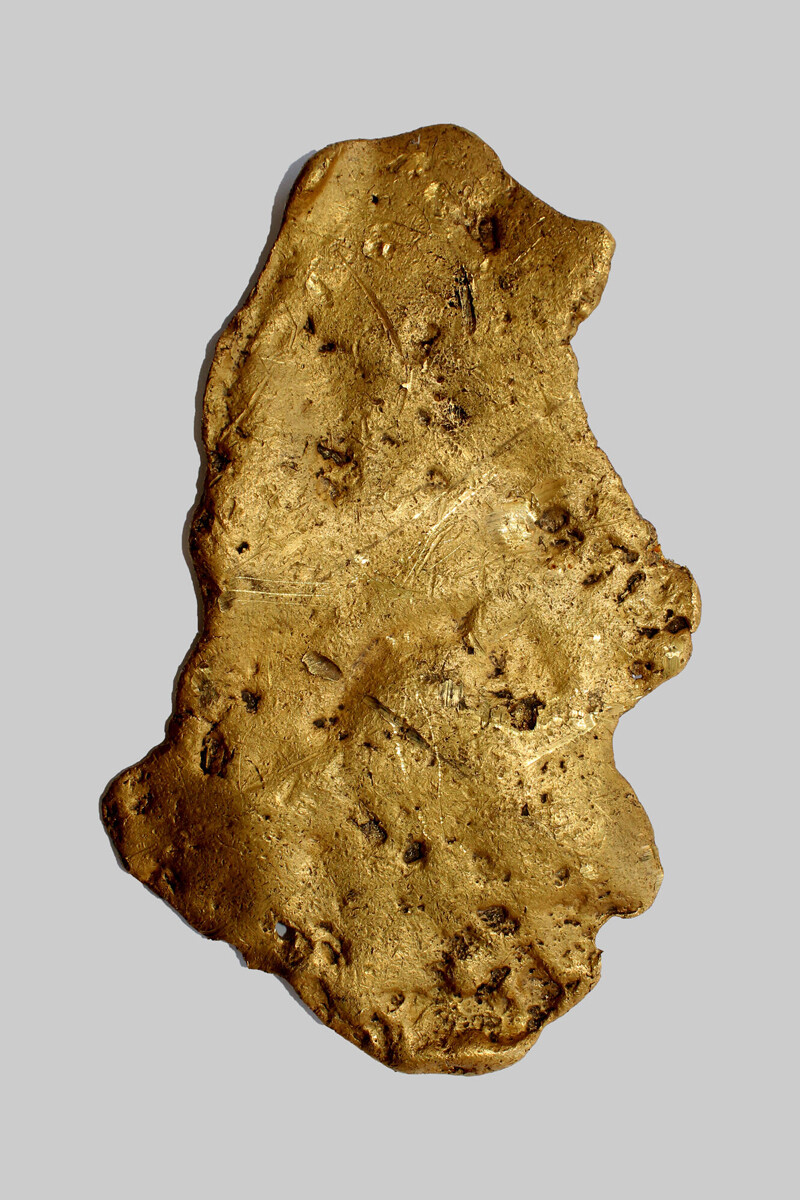
Sometimes, nuggets literally “throw themselves” at your feet – which is exactly what happened in the case of the ‘Irendyk bear’, a gold nugget, weighing 4,78 kg, discovered in 1992 near the Bashkir village of Kuseevo. Machine operator Radik Utyagulov stopped for gas and saw a large shiny, uneven chunk, resembling a plate. It spent several weeks in his tractor, until Radik’s father remembered that there had once been gold mines in the vicinity of the village. There are several versions of the origin of the golden ‘bear’: According to one, it was a nugget that disappeared during transportation with the head of the mine in 1920; and, according to another, that it was one of the gifts from the Bashkirs to Ivan the Terrible. Bandits attacked the convoy with gifts, but someone managed to bury the nugget and, only at the end of the 20th century, was it accidentally pulled out of the ground by a plow.
4. ‘Urals Giant’
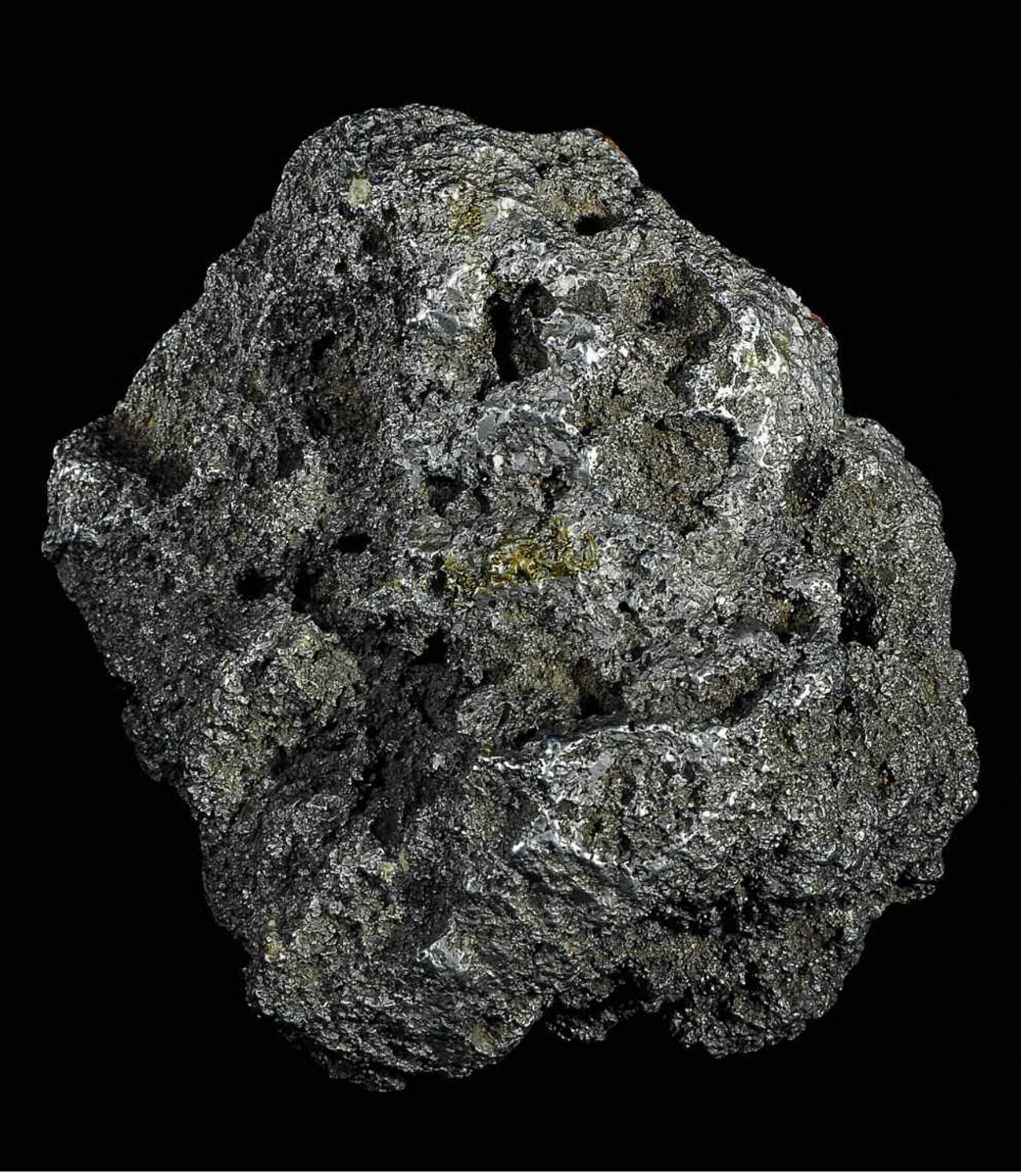
The biggest platinum nugget in Russia was discovered in 1904 in the Isovsky mine near the city of Nizhny Tagil. The relatively small rock weighs a whopping 7,86 kg! The find was carefully taken to the Russian Royal court and presented to Nicholas II on a golden platter.
5. ‘Mephistopheles’
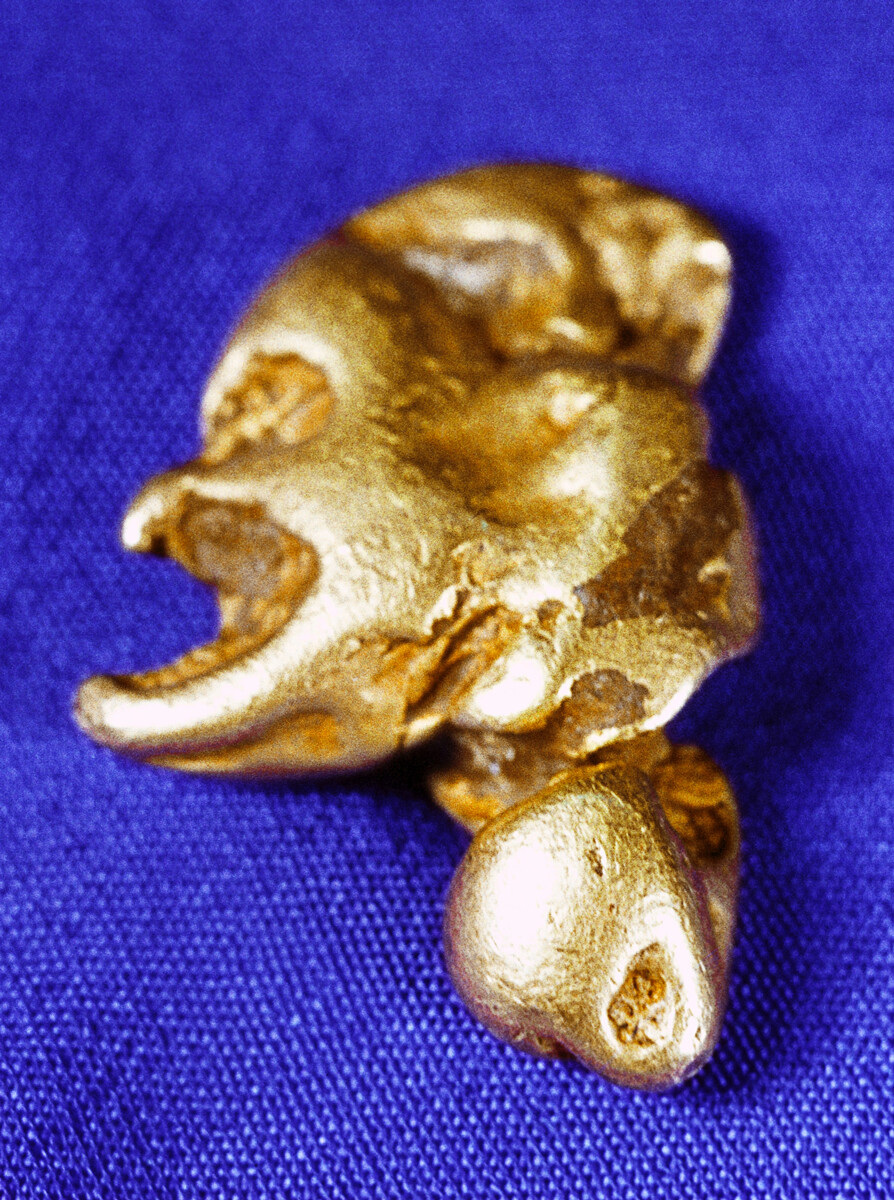
This tiny gold nugget weighs only 20,25 grams and is no more than three centimeters in height and has an ominous resemblance to Mephistopheles.A hooked-nosed profile, a sharp chin, a cap – as if nature had made a golden portrait of the spirit of evil. A special commission was even assembled to determine if the object was deliberately carved out, but no evidence of human interference was discovered.
6. ‘Bull’s Head’
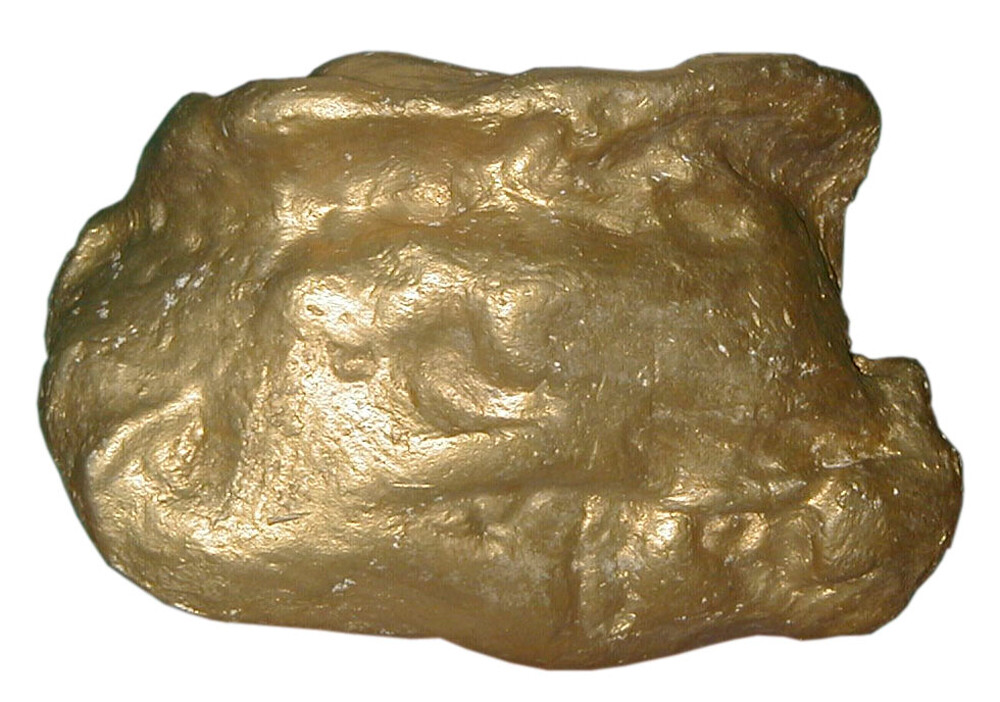
In 1898, prospectors at the Spaso-Preobrazhensky mine in Eastern Sayan Mountains literally stumbled upon a massive gold nugget weighing 31,6 kg lying right under their feet. Having spotted a golden gleam, the men decided not to share their find with anyone, but one of them couldn’t resist and told his wife everything and, soon, the entire mining community learned of the gold nugget. They took the find away from them, but, not only were the men not reprimanded – they received a 2,000-ruble reward for their troubles.
7. ‘Rabbit’s Ears’
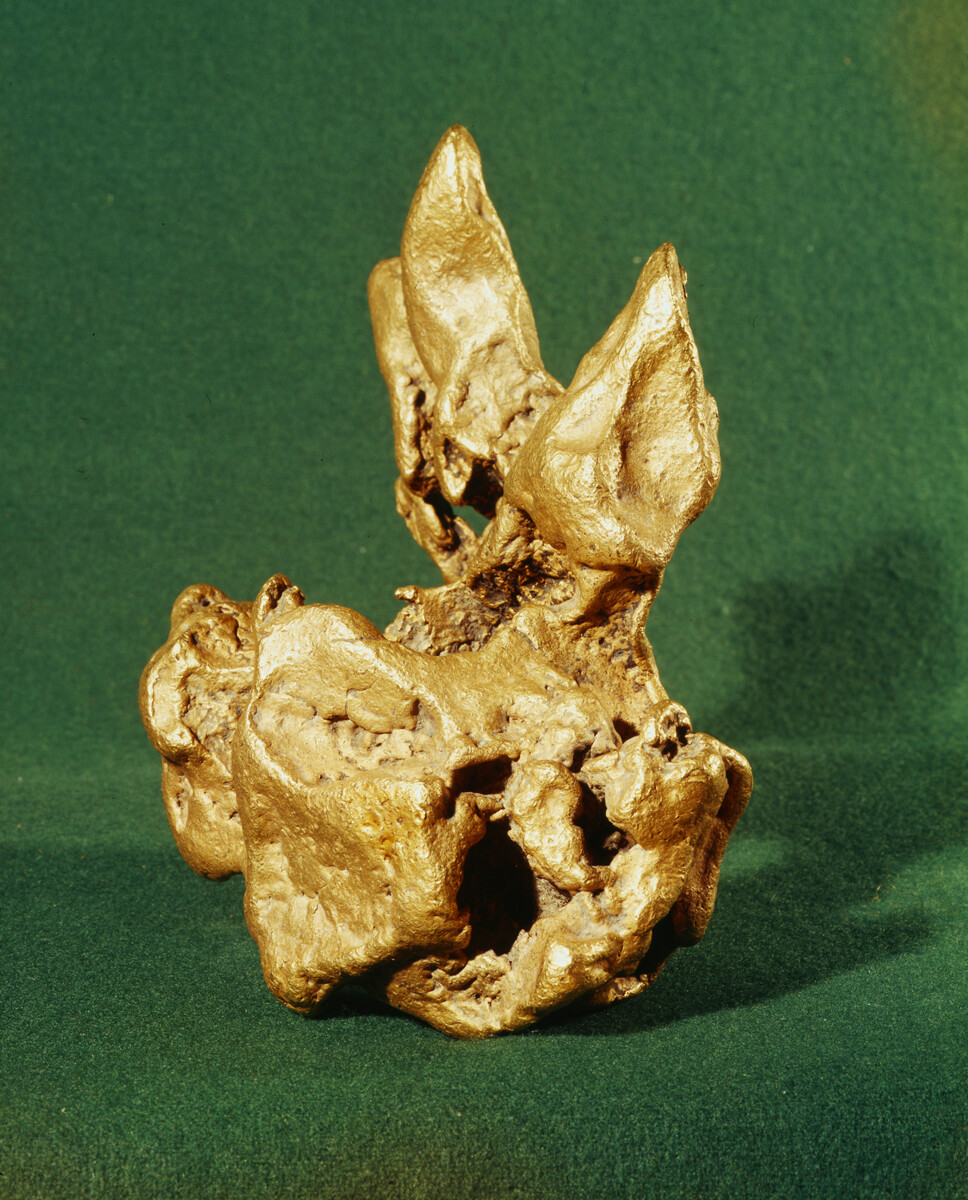
The value of a nugget does not always lie in its weight, but sometimes in its fineness. In 1935, worker Pyotr Simonov found a funny-shaped formation at the door of his workshop in a village near the ‘Leninsky’ Ural mine, similar to the head of a hare with raised ears. Compared to record holders like the ‘Bull’s Head’, it may not be large – only 3.34 kg. But, its purity is very high – 932 (that is, the gold content in it is 93.2%).
8. ‘Conifer’
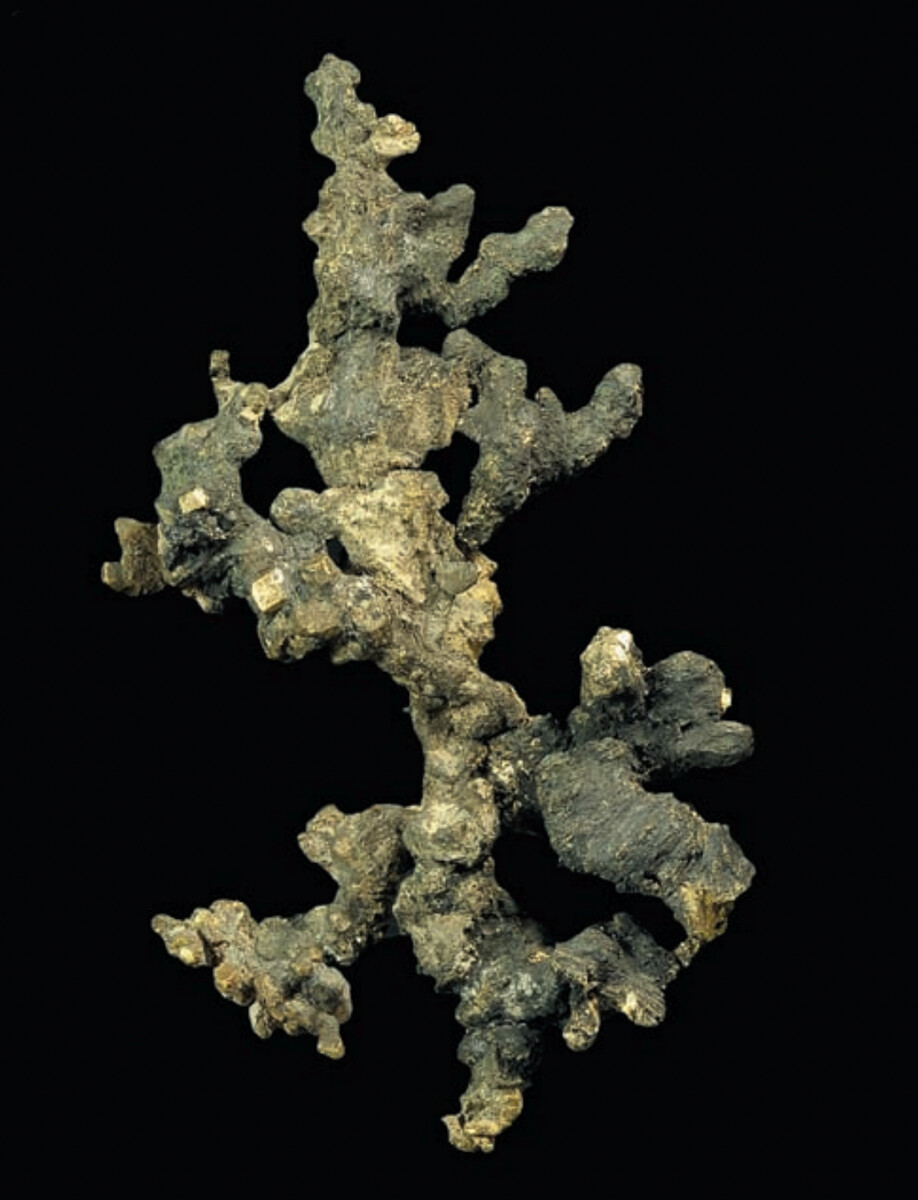
Nuggets, formed in cramped conditions can often take on bizarre forms. For instance, a dendrite gold nugget, discovered in 1952 in the Urals, looks like a fluffy pine tree. At first glance, it seems quite small – only 10 cm in height and weighing only 199 grams. However, among dendritic formations, the little ‘Yelochka’ (‘Christmas Tree’) is a real giant.
9. Copper nugget
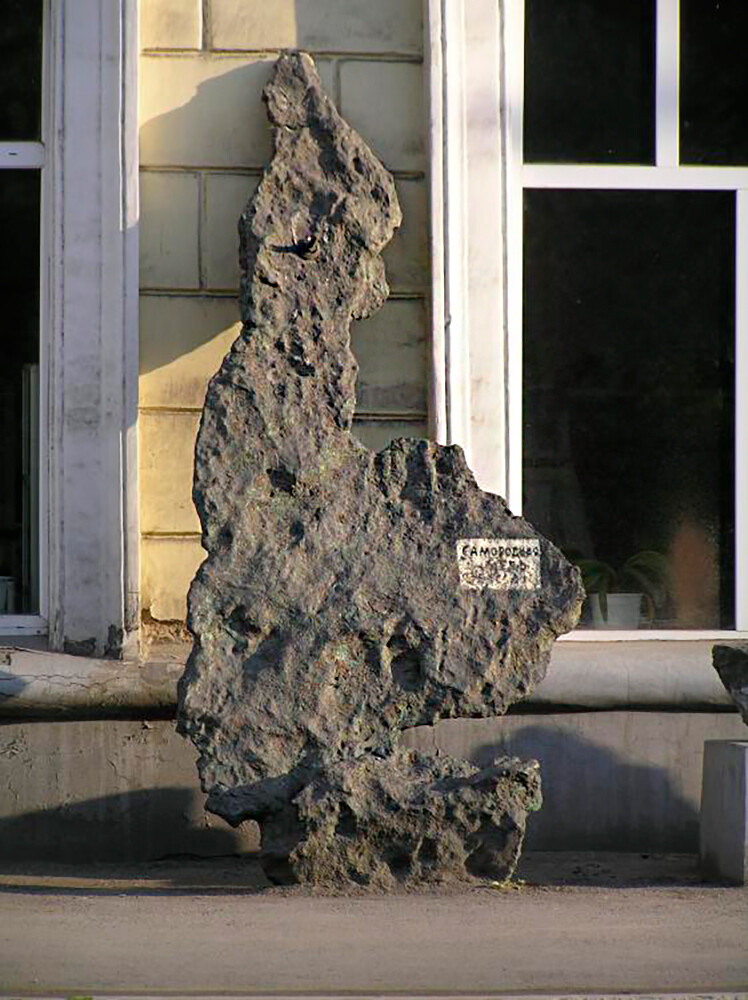
Not only noble metals are found in the form of nuggets. Even prosaic copper can – in 1959, a block of native copper was discovered at the Taymet deposit in Gornaya Shoria (Kemerovo Region). The three-meter-tall giant, weighing more than three tons, greets visitors at the entrance to the Geological Museum of Novokuznetsk.
10. ‘Demidovsky’
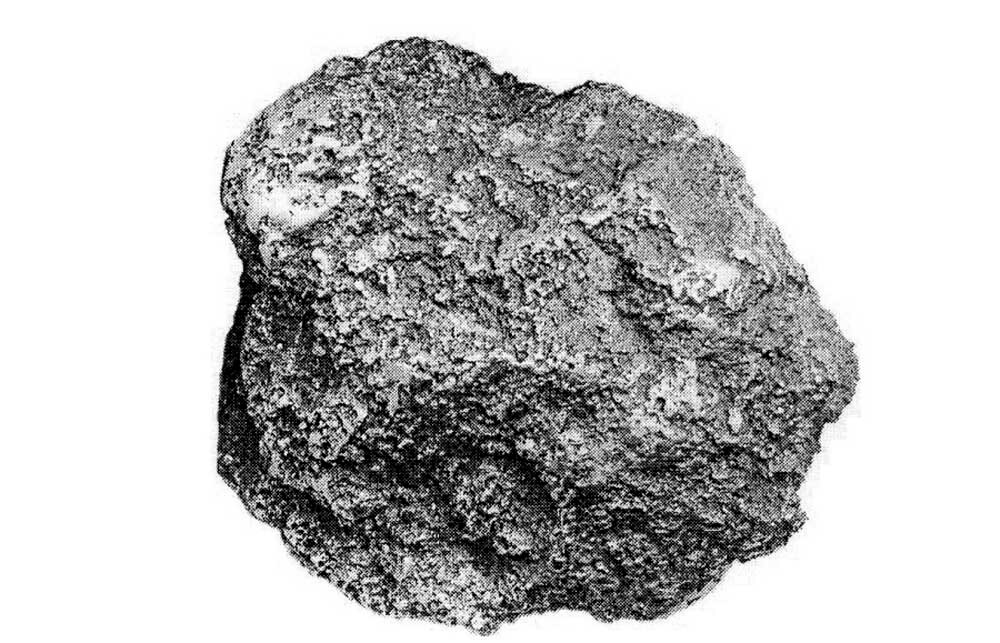
In 1827, Tsar Nicholas I was presented with an inconspicuous-looking gift – a 4.3-kg platinum nugget. It was found not far from a factory in Nizhny Tagil, far from the closest platinum deposits. The emperor was so impressed, that he ordered the nugget be returned to Nikolay Demidov, the factory’s owner, with the order that the find must not leave Russia. In 1831, the platinum chunk was placed at the Museum of the Mountain Cadet Corps in St. Petersburg.












